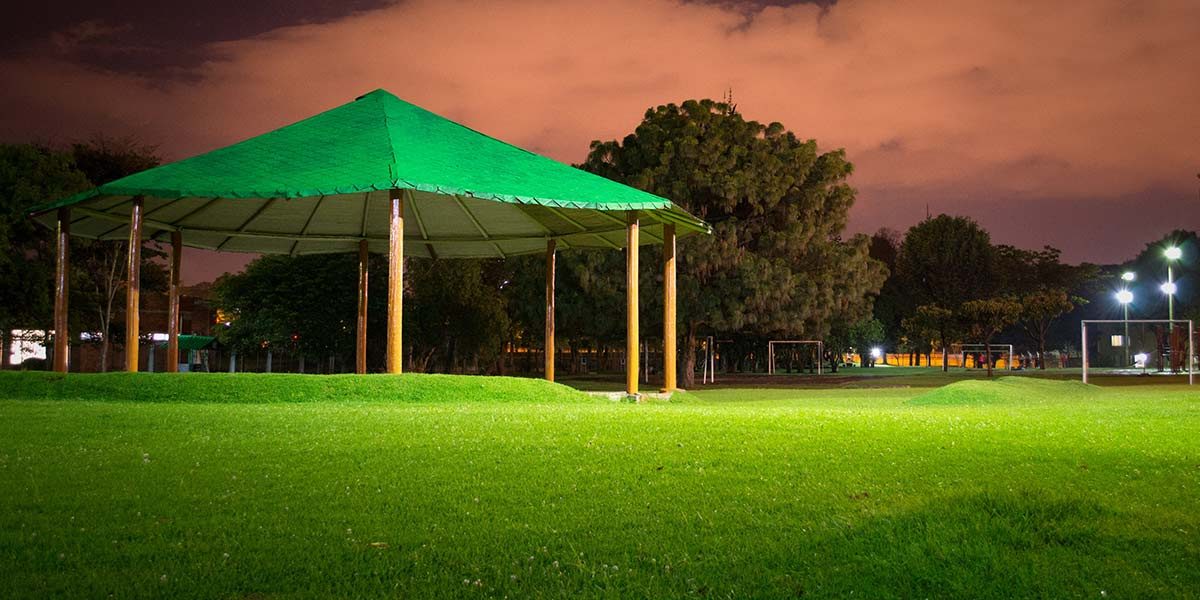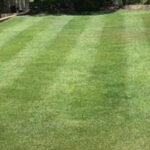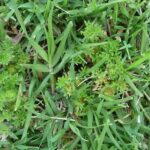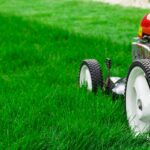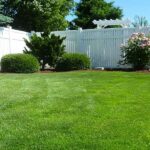Shade is the variable in and around your lawn surface. It’s moveable either via the sun moving high across the sky in the hottest months closer to the Summer solstice (longest daylight hours) or lower in the northern sky as we get closer to the Winter Solstice (shortest day). It moves as we add structures around the home, plant or remove trees and it moves as the neighbours extend or demolish and build the 2 storey home.
Generally, the better we treat our lawns nutrition and hydration wise the better our trees will fare as a result. We also are at the mercy of those trees as they grow and along with that growth comes the increase in the size of the leaf/branch canopy. We love those trees and their cooling effect in the garden as the temperatures soar during Summer, with tables and chairs/hammocks placed under here, great retreat from the heat. Some of these trees even lose their leaves in the Winter giving much needed light and air circulation.
In most cases however, shade causes problems for a lawn surface. It is true that mid Summer, mid heat wave, dappled shade moving across a lawn surface will cool things down a bit and provide respite. But in the Winter months shade provides challenges in maintaining a lawn surface. In my experience a Couch, Buffalo, Paspalum or Zoysia lawn requires 60% of available light in the coolest months. Roughly speaking we have sunrise at 7am and end day at 5pm giving us 10 hrs of sunlight. By my mathematics I believe you need a minimum of 6 hrs of full sunlight to enable your lawn to get through the coolest months in a condition enabling them to bounce back well as Spring warms up. A new lawn that receives 2-3 sunlight daily may get through a Winter or two but will not be in a state early into the Spring to bounce back to a thick healthy sward prior to Christmas. Leaving it at only 50% of peak growth conditions (remember the shade still stunts progress in off peak heat conditions). From here it’s a downward spiral until the surface structure decays and can’t cope with the shade canopy at all.
We also need to acknowledge that the coolest months also bring the coolest nights with temperatures often below 5 degrees. April, May and June can often provide temps of 25 degrees plus during the day, but ask yourself what night temps are we having? Soil and sand profiles cool down and take long periods of both higher day and night temperatures to really activate/stimulate root/Rhizome growth which will result in the canopies and Stolon surface stem areas growing and spreading, giving us a recoverable surface after mowing.
Shade tolerance and shade tolerant grass species are terms that are thrown around a bit. The experts with all their knowledge combining higher cutting heights, constant supplies of high quality nutrition, timed trace element and carbohydrate applications can make serious inroads into coping with shade on a long term basis. But what about the weekend gardener? It’s a tough ask… keep your pruning as up to date as possible, promote light and circulation, raise your cut heights to preserve that valuable leaf space and its photosynthesising qualities. Keep traffic/pet/party wear to a minimum during the coolest months.
Summing up, as a general rule, heavy shade canopy trees and warm season turf varieties just don’t mix well long term. Remember the 60% rule and let there be light!

